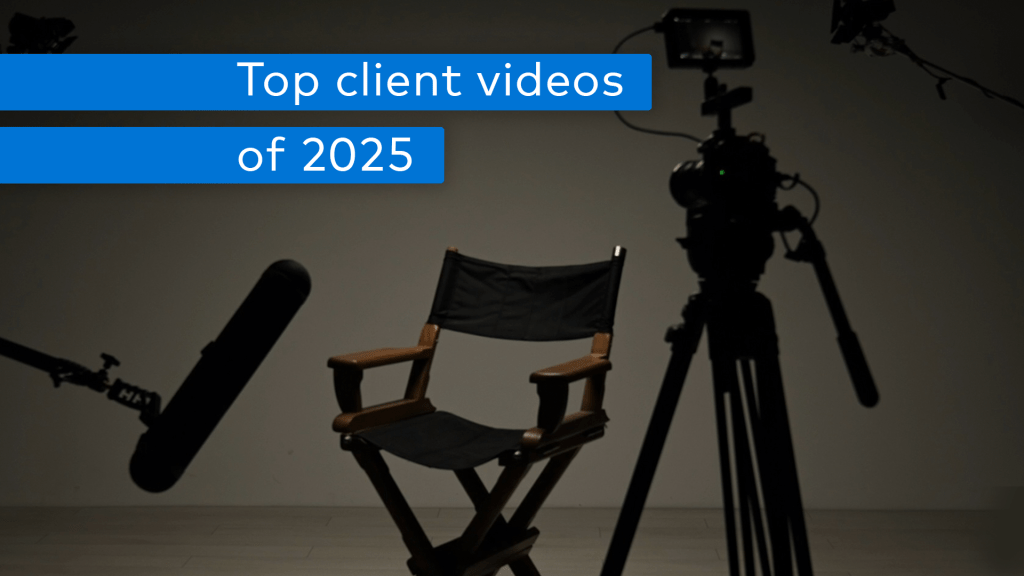By Joel Nelson on November 22, 2023 in Technology
Consumers are agog over the Samsung Galaxy, Motorola Razr, Apple iPhone, Google Pixel and other advanced smartphone models. These devices can make calls, send texts, take photos, respond to verbal instructions, provide a games platform, access digital assistants, navigate routes, generate budgets – the list of capabilities gets longer just about every day.

Starting in 1908, when a U.S. patent for a wireless telephone was granted, mobile phone capability evolved into two-way radios and networks with very powerful base stations that covered wide areas; signals weren’t passed among cells.
Motorola prototype
A major milestone came in 1973, when Motorola mass-produced the first handheld mobile phone. This was 0G of the 5G technology progression. Motorola engineer Martin Cooper initiated the first handheld cellular phone call in New York City on April 3 of that year using a 2-1/2 pound prototype nearly the size of a shoebox. “I’m calling you on a personal, handheld, portable cell phone,” Cooper told the call’s recipient, an executive at Motorola competitor Bell Labs.
Motorola launched commercial cell phone service 10 years later with its 2-pound DynaTAC 8000x, which retailed for $3,500—$4,000. In the 1990s the modern cell phone took shape with much smaller and more user-friendly products.
“Roughly every ten years since 1979, each newer generation has changed how we communicate, further improving our way of life,” says CENGN, a coalition of Canadian technology interests. As of 2021, 97% of Americans owned some type of cell phone, Pew Research Center reported.
Smartphones take off
Between 2004-06, “smartphone” entered the vernacular. That’s when, according to British IT services provider Air IT, “phones began to seriously bridge the gap between something you used to make calls and send text messages, to something altogether more useful.”
The 50-year progression of cellular technology generations, from 0G to 5G, has seen:
- Smaller models
- Faster download speeds
- Encryption
- The advent of text and multimedia messaging
- Gateways to social media and the internet
- Facial and fingerprint recognition
- High-quality cameras
- Payment and banking functionality
- The ability to work outside the office
- Video streaming, videoconferencing and live video that
… among many other things.
A future full of ‘extraordinary leaps’
So what’s next? “The next generation of wireless cellular tech will enhance machine-to-machine connectivity, brining in a new automated society. Technologies such as AI, IoT and Cloud Computing will make extraordinary leaps over the next few years,” CENGN predicts. “It will change almost every aspect of our lives.”
Amid all the breathtaking advances in mobile phone technology and capability, the man who helped start it all maintains an uncomplicated perspective. “Too many engineers are wrapped up in what they call technology and the gadgets, the hardware, and they forget that the whole purpose of technology is to make peoples’ lives better,” Cooper, now 94, told CNN. “We are trying to improve the human experience. That’s what technology is all about. Overall, I think the cell phone has changed humanity for the better and that will continue in the future.”


